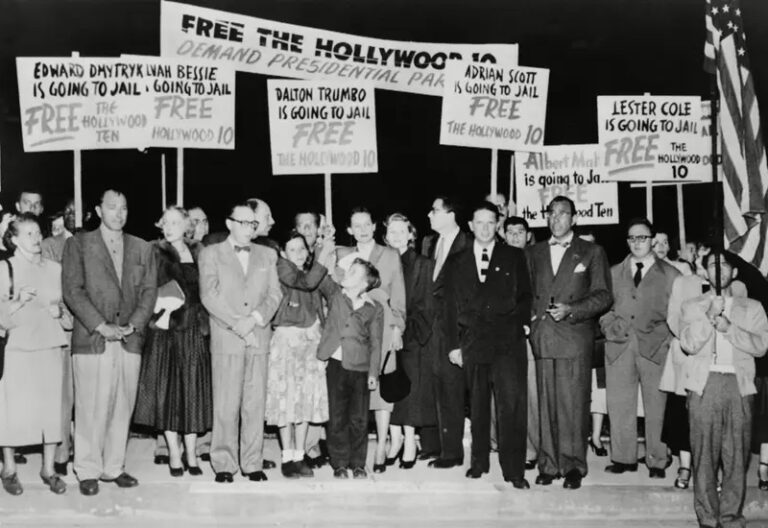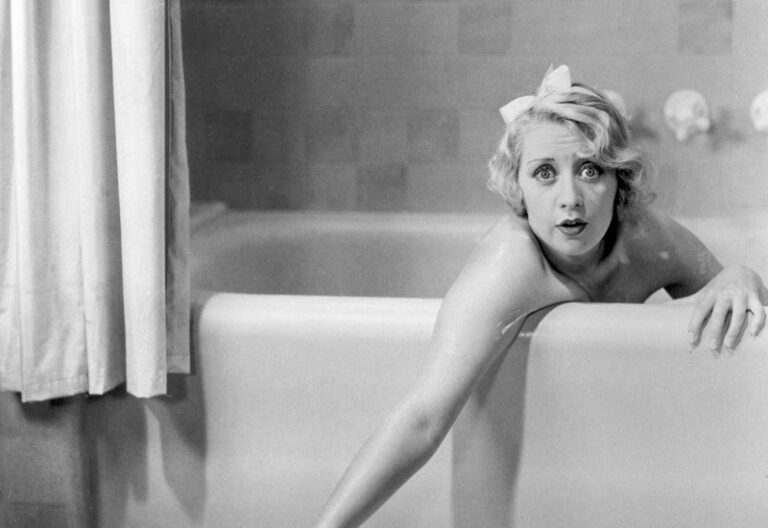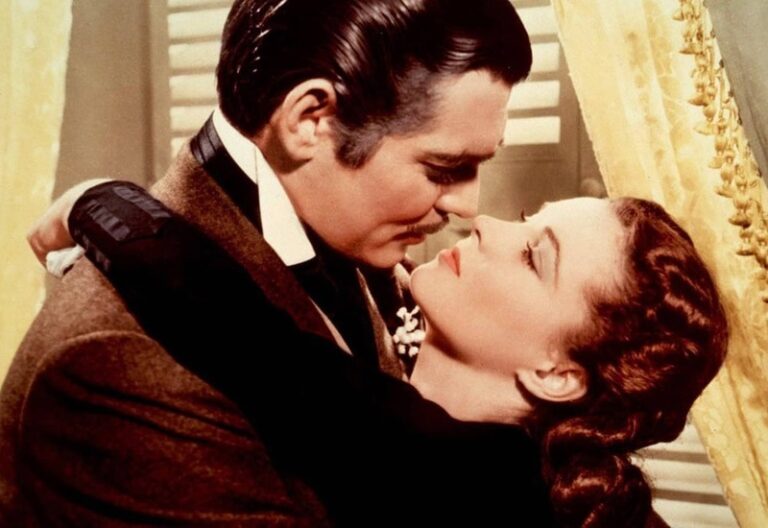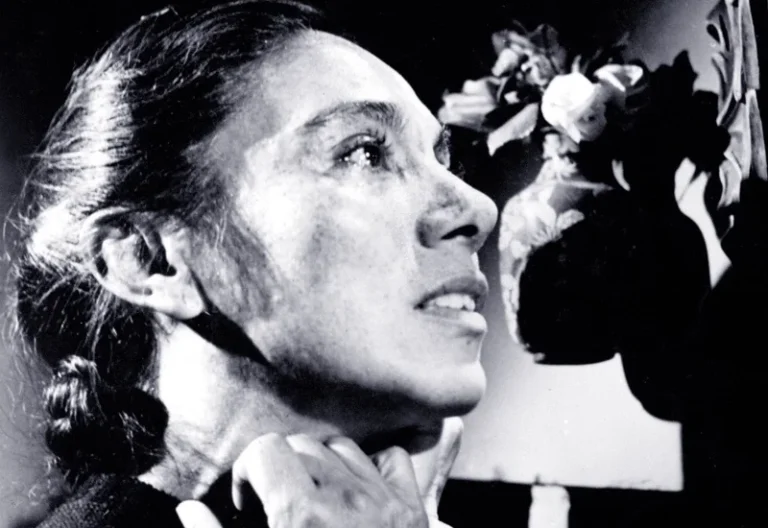history of censorship in film
Since the birth of cinema in the late 19th century, film has held an enormous cultural power. But with that power has come scrutiny — and often, suppression. The history of censorship in film is a global story of control and resistance, where governments, religious institutions, and social groups have tried to shape what audiences see on screen.
Published by: CinemaWaves Team | Filed Under: Film Blog
Early Days: Silent Films and
Moral Panic
Film censorship began almost as soon as films were invented. In the early 1900s, as cinema gained popularity, authorities worried about its influence on the general public. Silent films that depicted crime, sexuality, or controversial political themes often drew criticism. In the United States, cities like Chicago and New York created censorship boards as early as 1907. These bodies could ban films outright or demand cuts before release.
European countries followed similar paths. In Britain, the British Board of Film Censors (BBFC) was established in 1912 to regulate the industry, with an emphasis on maintaining public decency. Filmmakers had little recourse; if a film was deemed “immoral,” it could disappear from public view.
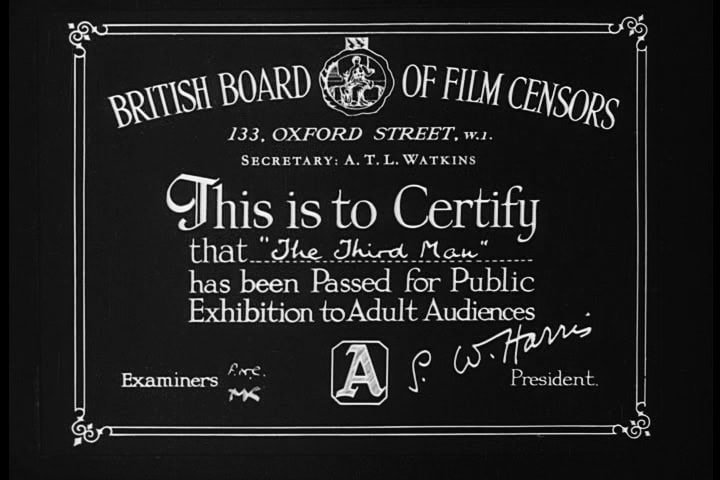
Pre-Code Era and
the Hays Code
Before the strict enforcement of the Hays Code in 1934, Hollywood experienced what is now called the Pre-Code Era — roughly from 1929 to 1934. During this short period, filmmakers pushed boundaries with films that explored themes such as infidelity, drug use, abortion, and same-sex relationships. Women were often portrayed as sexually liberated or independent — a sharp contrast to the domestic ideals promoted later under the Code.
Films like “Baby Face” (1933), starring Barbara Stanwyck, and “Red-Headed Woman” (1932), starring Jean Harlow, exemplified this provocative trend. These films sparked concern among conservative and religious groups, including the Catholic Legion of Decency, which began pressuring studios to clean up their content. This backlash led directly to the enforcement of the Motion Picture Production Code — better known as the Hays Code — in 1934.
Named after Will H. Hays, a former Postmaster General, the code was a set of strict moral guidelines that banned depictions of nudity, profanity, drug use, interracial relationships, and homosexuality. It also required that crime and sin be punished, and that religion and law enforcement be treated respectfully. For the next three decades, filmmakers had to submit scripts for approval and risk having their films banned or denied distribution if they didn’t comply.
While some directors found creative ways to hint at forbidden themes — through metaphor, subtext, or clever editing — the Hays Code deeply shaped American cinema, steering narratives toward more traditional values and limiting the scope of what could be openly portrayed.
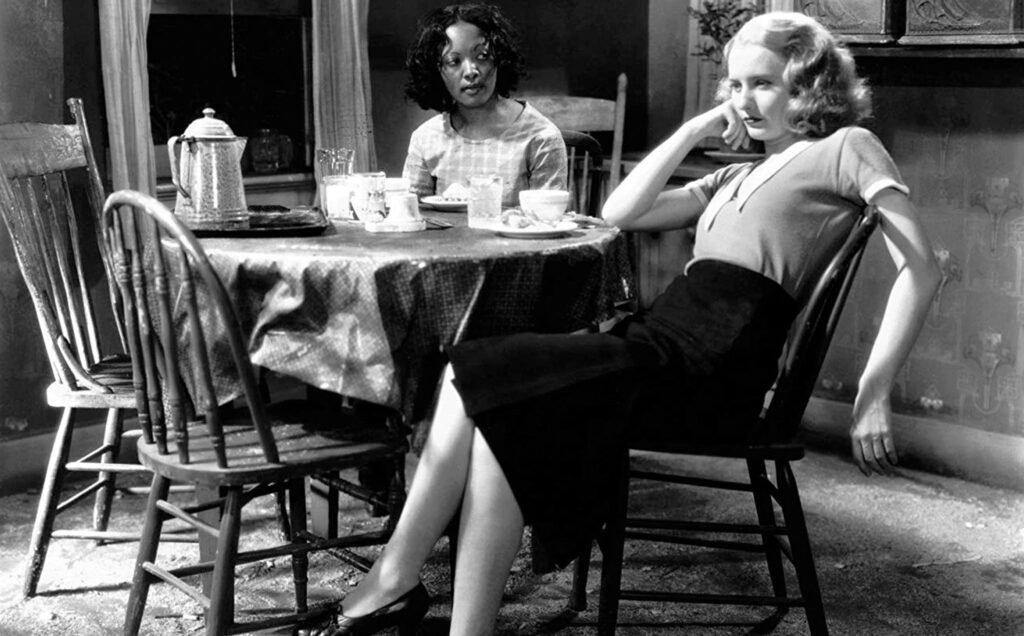
The Hollywood Ten
and Political Censorship
Beyond moral regulation, Hollywood also experienced a significant episode of political censorship during the Cold War era. In 1947, the House Un-American Activities Committee (HUAC) began investigating supposed communist infiltration of the U.S. film industry. This led to the infamous case of the Hollywood Ten — a group of screenwriters, directors, and producers who refused to testify before the committee on constitutional grounds.
All ten were cited for contempt of Congress, fined, and sentenced to prison. More broadly, the event ignited an industry-wide blacklist, in which hundreds of film professionals were barred from employment unless they cooperated with HUAC and identified others. Some blacklisted writers continued to work under pseudonyms, while others had their careers permanently derailed. This period marked one of the darkest moments in the history of U.S. film censorship — driven not by morality, but by ideology and fear.
The Decline of the Hays Code
and Rise of Ratings
By the 1950s and 60s, social change was sweeping through the U.S. and other parts of the world. The sexual revolution, civil rights movement, and countercultural politics began to clash with outdated censorship rules. In response to this, a new generation of filmmakers began to challenge traditional norms in what became known as the New Hollywood movement. Beginning in the late 1960s, this era embraced greater creative freedom, realism, and a willingness to tackle controversial subjects. Influential films like “Bonnie and Clyde” (1967), “The Graduate” (1967), “Easy Rider” (1969), each of which pushed the boundaries of what could be shown on screen, ultimately contributing to the Code’s collapse.
In 1968, the Hays Code was officially replaced by the MPAA (Motion Picture Association of America) ratings system, which classified films based on age-appropriateness rather than moral correctness. This marked a major shift: rather than banning films outright, the industry allowed more freedom of expression while warning viewers about content.

International
Censorship Models
Nazi Germany – Film was strictly controlled under Joseph Goebbels, who used cinema as a tool of propaganda. Films that did not align with Nazi ideology were banned, and Jewish filmmakers were exiled or silenced.
Soviet Russia – Cinema was both celebrated and policed. Directors like Sergei Eisenstein were icons of the Soviet montage movement, but even they faced state censorship and surveillance. Films had to promote socialist ideals and avoid “bourgeois” content.
India – Film censorship was shaped by colonial rule and later, by post-independence national values. The Central Board of Film Certification (CBFC), still active today, regulates content on moral, religious, and political grounds.
Middle Eastern and Asian – Countries maintain strict film censorship tied to religious codes or state ideology. Depictions of sex, politics, or religious critique are often forbidden.
China – Films are subject to state approval before release. Content that questions national unity, criticizes the Communist Party, or portrays ghosts or the supernatural is commonly cut or banned entirely.
Iran – Iranian cinema and, its famous New Wave, has produced some of the world’s most critically acclaimed films despite intense censorship. Directors like Jafar Panahi and Abbas Kiarostami have navigated tight restrictions to make powerful, subversive works.
Modern democracies – Censorship now usually emerges in the form of political pressure, protest groups, or algorithmic moderation on digital platforms. While not always state-mandated, these forces can still influence what films get made, seen, or funded.
Censorship, Creativity, and the Ongoing Debate
Paradoxically, censorship has served as a catalyst for creativity. When filmmakers have been restricted by political regimes, moral codes, or cultural taboos, many have turned to metaphor, subtext, and inventive visual storytelling.
Yet censorship continues to raise difficult, unresolved questions. Who gets to decide what is offensive or inappropriate? Can restricting artistic expression ever be justified in the name of public order or cultural values? And how do societies balance freedom of expression with sensitivity to religion, politics, and identity?
The history of film censorship is more than a record of suppression — it’s a reflection of deeper societal tensions around power, control, and values. While the tools of censorship have evolved — from blacklists to digital takedowns and algorithmic gatekeeping — the core struggle remains. For every film silenced or altered, others rise to challenge, provoke, and expand the boundaries of what cinema can be.
Refer to the main page for more educational insights on filmmaking and cinema history.
The studio system was a dominant force in Hollywood from the 1920s to the 1950s. It was characterized by a few major studios controlling all aspects of film production…
The Hays Code, also known as the Motion Picture Production Code, was a set of guidelines established to govern the content of films produced in the United States…
Pre-Code Hollywood is a period in the American film industry between the widespread adoption of sound in 1929 and the enforcement of the Motion Picture Production code…
In the early 20th century, a cinematic revolution was brewing in the Soviet Union. A group of visionary filmmakers, collectively known as the Soviet Montage School, gathered…
At New Mexico’s Empire Zinc mine, Mexican-American workers protest the unsafe work conditions and unequal wages compared to their Anglo counterparts…
The studio system was a dominant force in Hollywood from the 1920s to the 1950s. It was characterized by a few major studios controlling all aspects of film production…

